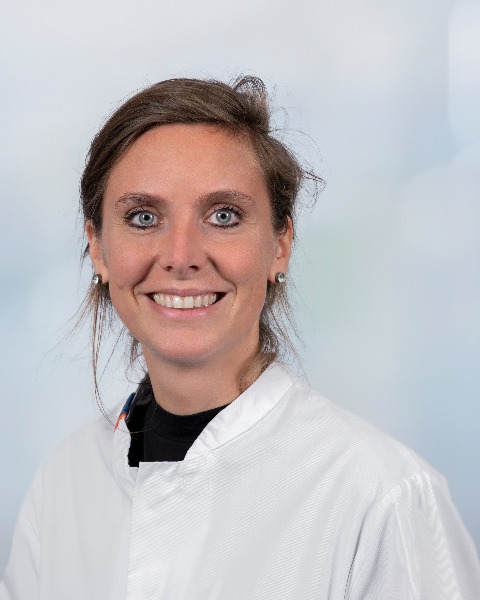Special Populations (SPO)
Category: Non-Member Submission
Poster Session II
PII-199 - DESIGN AND MECHANICS OF FIVE MAJOR HUMAN MILK DRUG RESEARCH BIOBANKS: TIME TO CROSS BORDERS AND BARRIERS
Thursday, March 28, 2024
5:00 PM - 6:30 PM MDT
P. Mian1, K. Watt2, C. Chambers3, K. Allegaert4, K. Krutsch5, S. Ito6, A. Edginton7; 1Clinical Pharmacy and Pharmacology, 2Division of Clinical Pharmacology, Department of Pediatrics, Spencer Fox Eccles School of Medicine, University of Utah, Salt Lake City, Utah, USA, 3Department of Pediatrics, University of California, San Diego, La Jolla, California, USA, 4Department of Development and Regeneration, KU Leuven, Leuven, Belgium, 5Department of Obstetrics and Gynecology, Texas Tech University Health Sciences Center, Amarillo, Texas, USA, 6Division of Clinical Pharmacology and Toxicology, Hospital for Sick Children, Toronto, Ontario, Canada, 7School of Pharmacy, University of Waterloo, Waterloo, Ontario, Canada.

Paola Mian, PharmD, PhD (she/her/hers)
Clinical Pharmacy and Pharmacology
Groningen, Groningen, Netherlands
Presenting Author(s)
Background: To better understand and inform complex decisions about maternal medication during lactation several human milk drug research biobanks have been established worldwide. The aim of this study was to describe the biobanks’ strategies to overcome the barriers they have each identified to drive improvements in milk quality, safety, and clinical use.
Methods: A literature search was performed on Pubmed on April 3rd to identify human milk drug research biobanks. A search was performed, with a combination of different terms like: ‘Milk, Human’ and ‘Milk, Banks’. Studies were labeled as relevant when information on drug milk concentrations within a biobank was available. In addition, the principal investigators of the included biobanks were asked whether they had any knowledge on possible human milk drug biobanks not obtained with the literature search. Principal investigators were interviewed on logistical (ethics, resources, equipment), methodological (e.g., recruitment, milk sampling strategy), and supporting information (e.g. maternal/infant health records, additional matrices).
Results: Five human milk drug research biobanks were identified and the principal investigators were interviewed. All, but one, did not pre-define the medication to be investigated, but rather collected samples broadly and allowed the subsequent analyses to depend on the specific exposures of interest. Only one biobank developed study-defined sampling schedules depending on the drug characteristics, while the other biobanks performed opportunistic sampling. However, it has to be noted that for the biobank with sampling schedules, opportunistic samples are accepted if participants are unable/unwilling to follow the schedule. Two biobanks collect purposeful samples, while three collect samples for general research purposes. Besides similarities between the biobanks, differences existed, for example, in where milk samples were collected (50% home vs 50% hospital collection), and the drug groups studied (non-medical substances, commonly used vs non-commonly used medications).
Conclusion: All human milk drug research biobanks are well-characterized, accessible research sources that can contribute to a better understanding in the potential effects of maternal medication and on the health and development of the breastfed infants.
